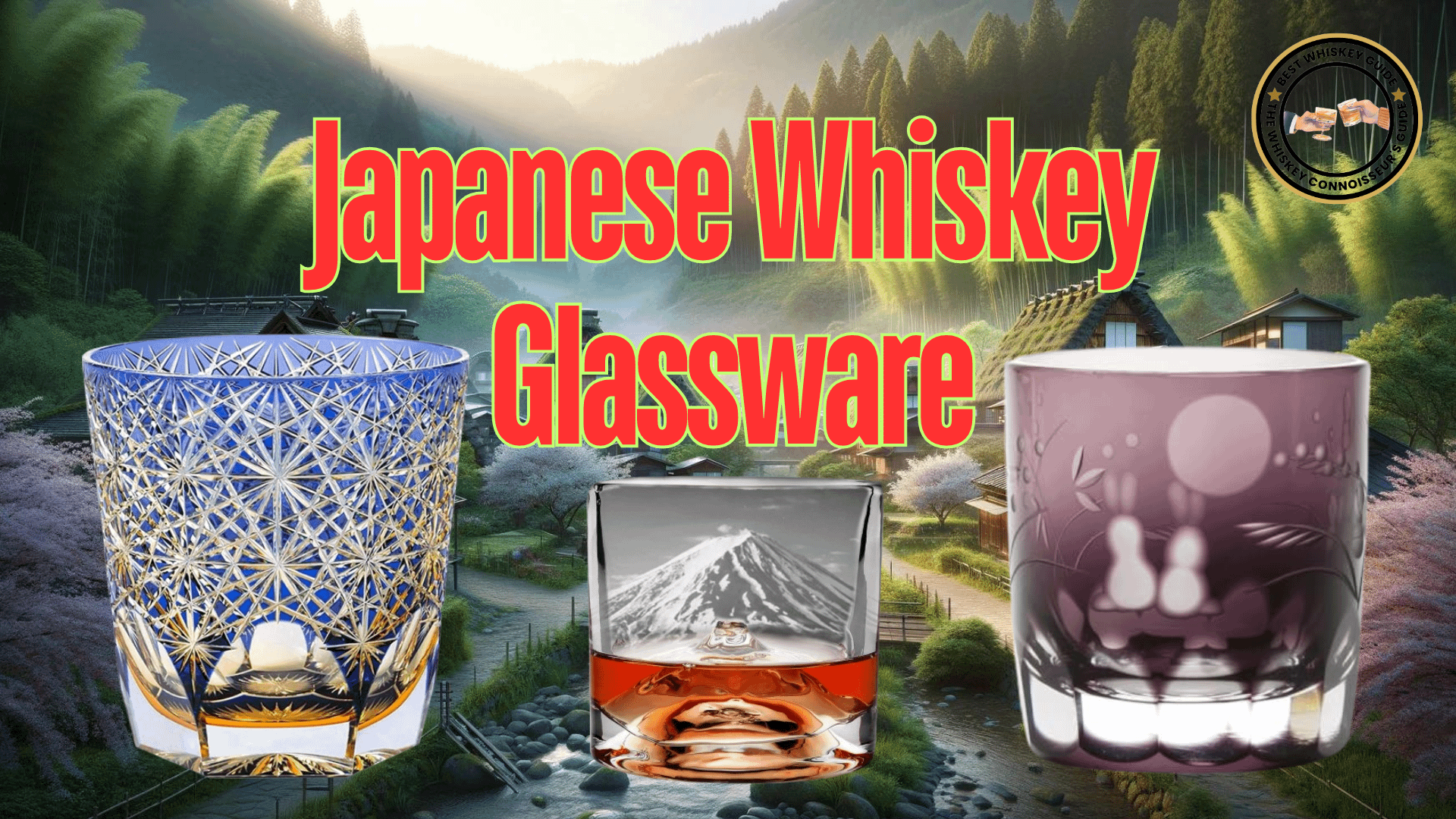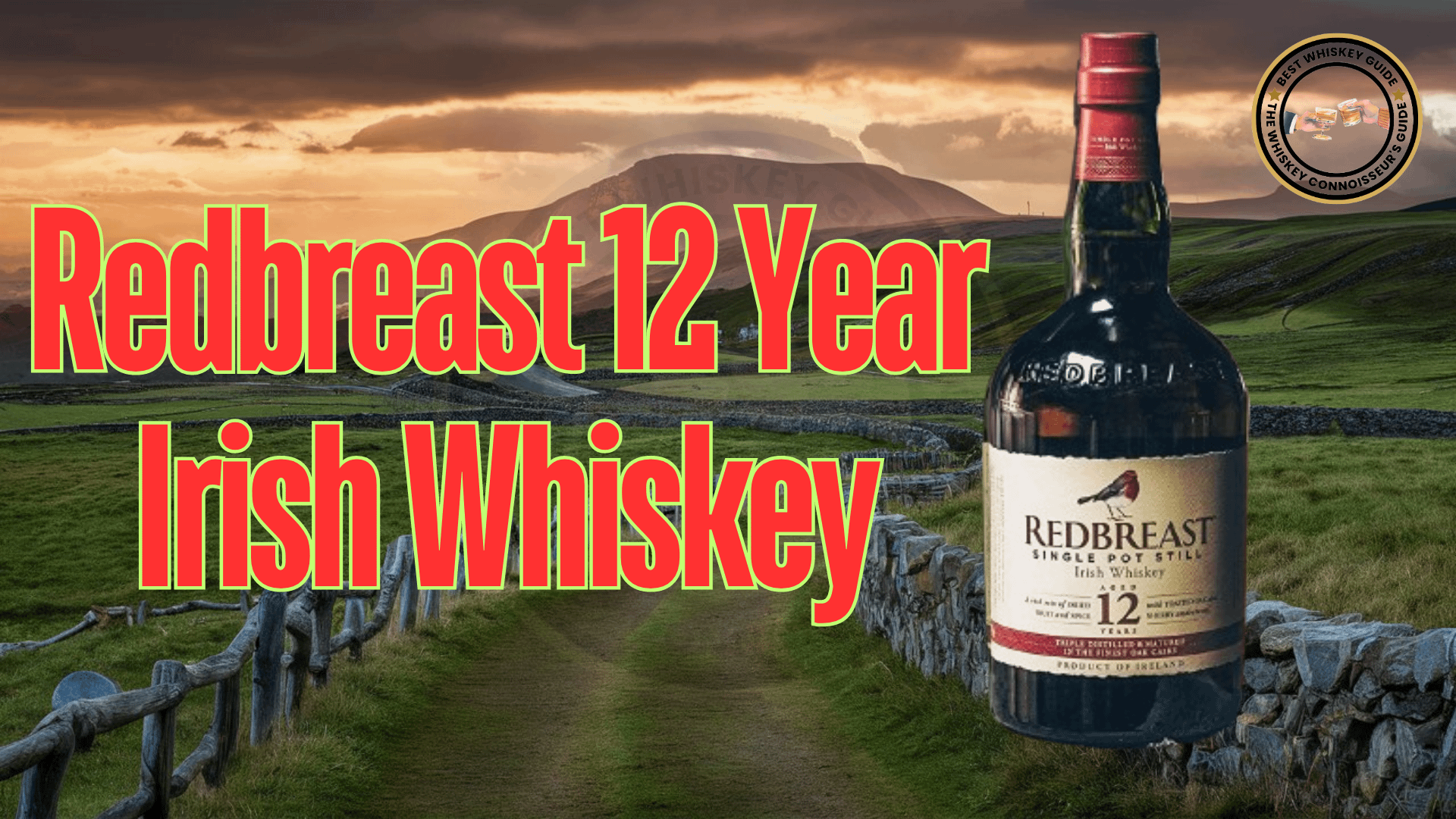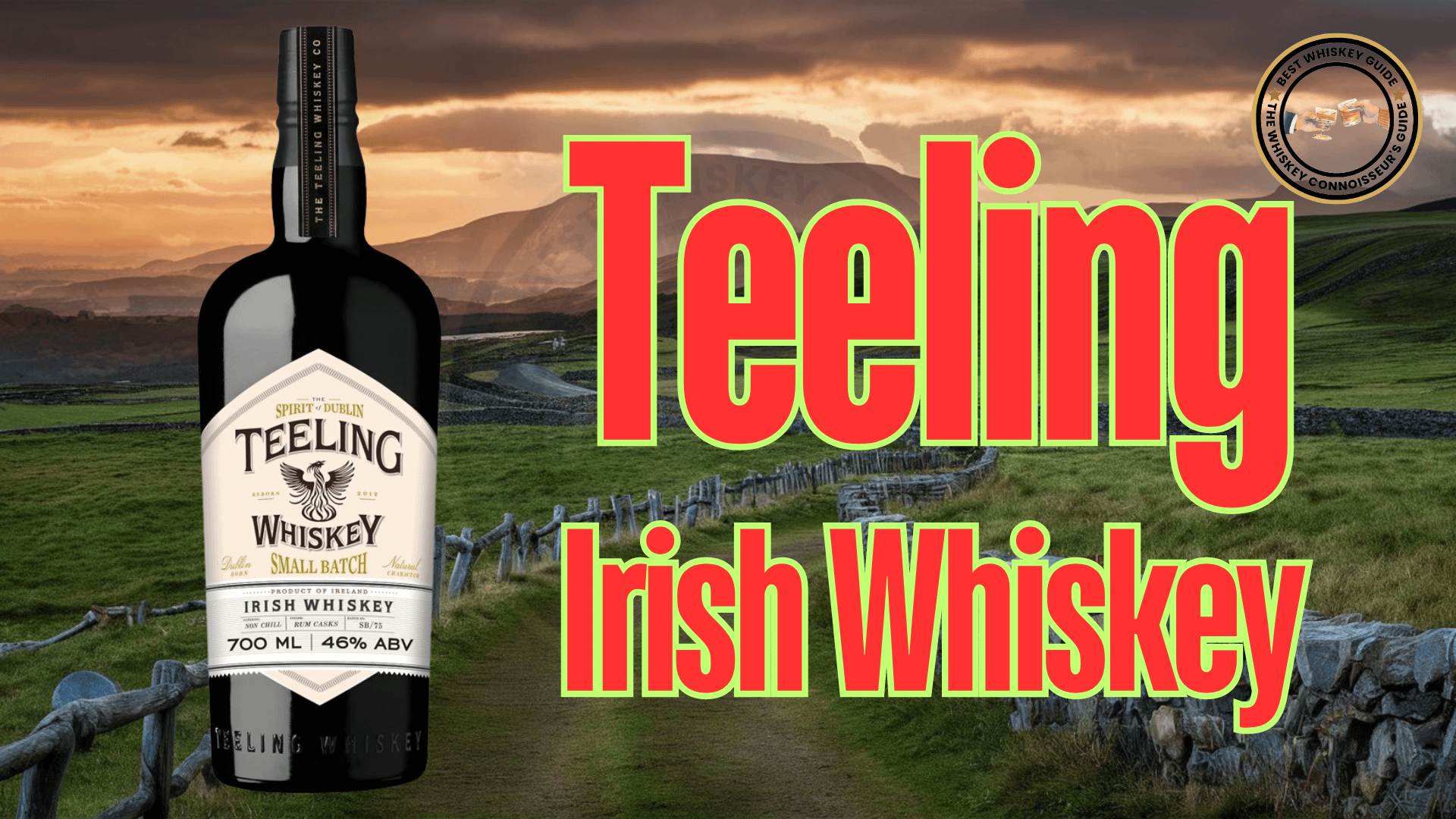How Laphroaig is Made: Delve into the world of Laphroaig, a whisky renowned for its unique peaty flavour and traditional production methods. From its historical roots on the Isle of Islay to the meticulous processes of malting, distillation, and maturation, this article explores the intricate journey that gives Laphroaig its distinct character.
Table of Contents
Table of Contents
The Rich History of Laphroaig
From Humble Beginnings to a Whisky Icon
Laphroaig’s journey began in 1815 when brothers Alexander and Donald Johnston established the distillery on the Isle of Islay. Over the years, Laphroaig’s reputation grew, thanks in part to key figures like Ian Hunter and Bessie Williamson, who shaped its legacy. The distillery’s evolution, marked by innovations and challenges, reflects its commitment to tradition and quality.
Historical Milestones that Shaped Laphroaig
Laphroaig’s story is one of resilience and innovation. Key events, such as the expansion of stills in 1924 and the launch of the Friends of Laphroaig in 1994, demonstrate the distillery’s ability to adapt and thrive. The distillery’s journey, from its founding to its acquisition by Beam Suntory, showcases a rich heritage intertwined with the history of Scotch whisky.
The Impact of Location

Islay’s Influence on Laphroaig’s Flavour
The Isle of Islay, known for its peaty soil and maritime climate, plays a crucial role in defining Laphroaig’s character. The unique conditions of the island contribute to the whisky’s distinctive peatiness and complex flavour profile.
Peat: The Heart of Laphroaig
Crafting the Signature Smoky Flavor
Laphroaig’s use of locally sourced peat is a hallmark of its production. The peat, rich in heather, lichen, and moss, imparts a unique earthy and medicinal quality to the whisky. This section explores the traditional methods of peat cutting and drying, which are key to Laphroaig’s character.
Traditional Production Techniques

The Art of Floor Malting and Fermentation
Laphroaig maintains traditional floor malting techniques, where barley is germinated on large floors, turned by hand, and exposed to the salty sea breeze. This process, along with the unique mashing and fermentation methods using Kilbride Stream water, contributes to the whisky’s flavour complexity.
The Role of the ‘Magnificent Seven’ Stills in Distillation
Laphroaig’s seven copper pot stills, known as the ‘magnificent seven,’ play a vital role in the distillation process. This section details how these stills, combined with a slow distillation rate, contribute to the light-bodied yet richly flavoured spirit that is quintessentially Laphroaig.
Ageing and Maturation

The Transformation in Oak Barrels
The ageing process is a critical phase in whisky making. Laphroaig’s use of ex-Bourbon barrels from Maker’s Mark allows the spirit to develop its caramel sweetness, vanilla, and other complex flavours. This section examines how the maturation process, influenced by the sea air, shapes the final character of Laphroaig whisky.
Laphroaig Today: A Legacy Continued
Preserving Tradition in Modern Times
Laphroaig continues to honour its heritage while adapting to contemporary demands. This part of the article provides insight into the distillery’s current operations and how it balances tradition with innovation.
Exploring Laphroaig’s Diverse Product Range
A look at Laphroaig’s current offerings, from the classic 10-year-old to the more experimental expressions, showcasing the distillery’s range and versatility.
Conclusion

Laphroaig’s Enduring Legacy in the Whisky World
In summary, Laphroaig’s unique production process, from peat cutting to ageing, contributes to its distinctive flavour profile. The distillery’s commitment to traditional methods, combined with its rich history and the influence of Islay, cements its status as a whisky icon.
For more insights into enjoying Laphroaig, check out How to Drink Laphroaig. Curious about how long Laphroaig lasts? Find out at Does Laphroaig Go Off. To explore mixing options with this distinctive whisky, visit What to Mix with Laphroaig. Learn more about the category to which Laphroaig belongs at What is Single Malt Whiskey.
FAQs About How Laphroaig is Made
What are the ingredients in Laphroaig whiskey?
The ingredients in Laphroaig whiskey include malted barley, water from the Kilbride Stream, and yeast. The barley is malted and dried using peat, which is a crucial component in developing its unique flavour.
What is special about Laphroaig?
What is special about Laphroaig is its distinct peaty character, traditional floor malting process, and the influence of the Islay region. The use of local peat and specific distillation techniques contribute to its unique flavour profile.
Why is Laphroaig so peaty?
Laphroaig is so peaty due to its use of locally sourced Islay peat in the malting process. This peat, rich in heather, lichen, and moss, imparts a strong peaty flavour that is a signature characteristic of Laphroaig.
Why is Laphroaig in a green bottle?
Laphroaig is in a green bottle to protect the whisky from light exposure, which can affect its flavour. The green glass also reflects the traditional packaging for Scotch whiskies.
Why does Laphroaig taste like iodine?
Laphroaig tastes like iodine due to the phenolic compounds in the peat used during the malting process. These compounds, combined with the distillery’s specific production methods, contribute to its medicinal, iodine-like flavour.
Is Laphroaig smoky or peaty?
Laphroaig is both smoky and peaty. The smokiness comes from the peat smoke used during the malting process, while the peaty character is a result of the specific types of peat used from Islay.



Leave a Reply